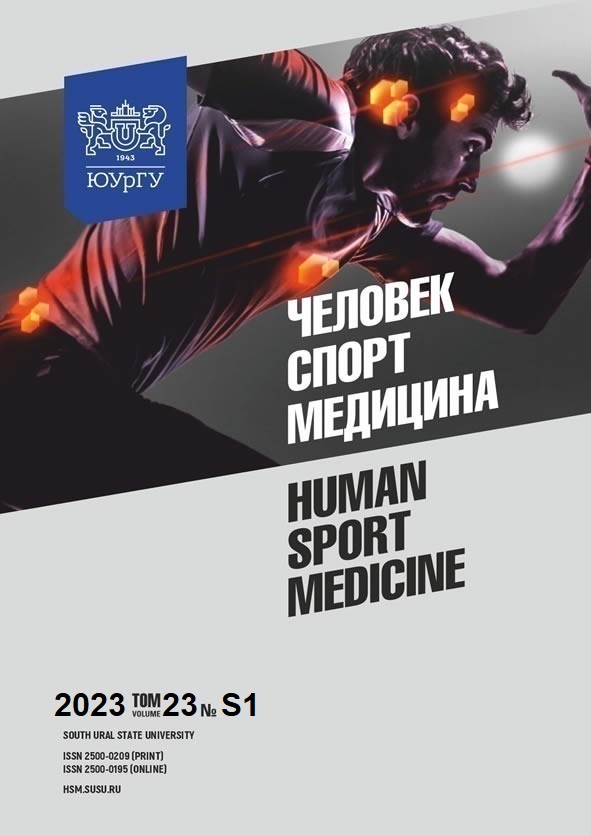FUNCTIONAL OVERLOAD OF THE HAND, DEVELOPMENT OF DUPUYTREN'S CONTRACTURE, AND BIOMECHANICAL MONITORING OF TISSUES UNDER SEVERE DISEASE CONDITIONS
Abstract
Aim. The work was to assess the biomechanical state of the integumentary system of the hand through biomechanical monitoring in healthy subjects and in surgical patients with severe Dupuytren’s contracture examination in healthy subjects (n = 8) and in patients with severe disease conditions aged 59.6 ± 1.59 years (n = 22). Their examination was performed using a highly sensitive technique to record the mechano-acoustic signals of the skin. Results. The treatment of Dupuytren's contracture requires a combination of dermo-fasciotomy and gradual stretching of the soft tissues in the affected area. Changes in the biomechanical properties of the skin were recorded. The criteria for stretching the tissue were determined with respect to the Ilizarov method. Exceeding the test parameters by two times or higher relative to the baseline indicates the need to stop predetermined traction and reduce its rate. Conclusion. Ignoring the skin’s response to distraction leads to microtraumas of the skin, microcirculatory disorders, and a decreased likelihood of a favorable treatment outcome.
References
References on translit
Copyright (c) 2023 Human. Sport. Medicine

This work is licensed under a Creative Commons Attribution-NonCommercial-NoDerivatives 4.0 International License.















